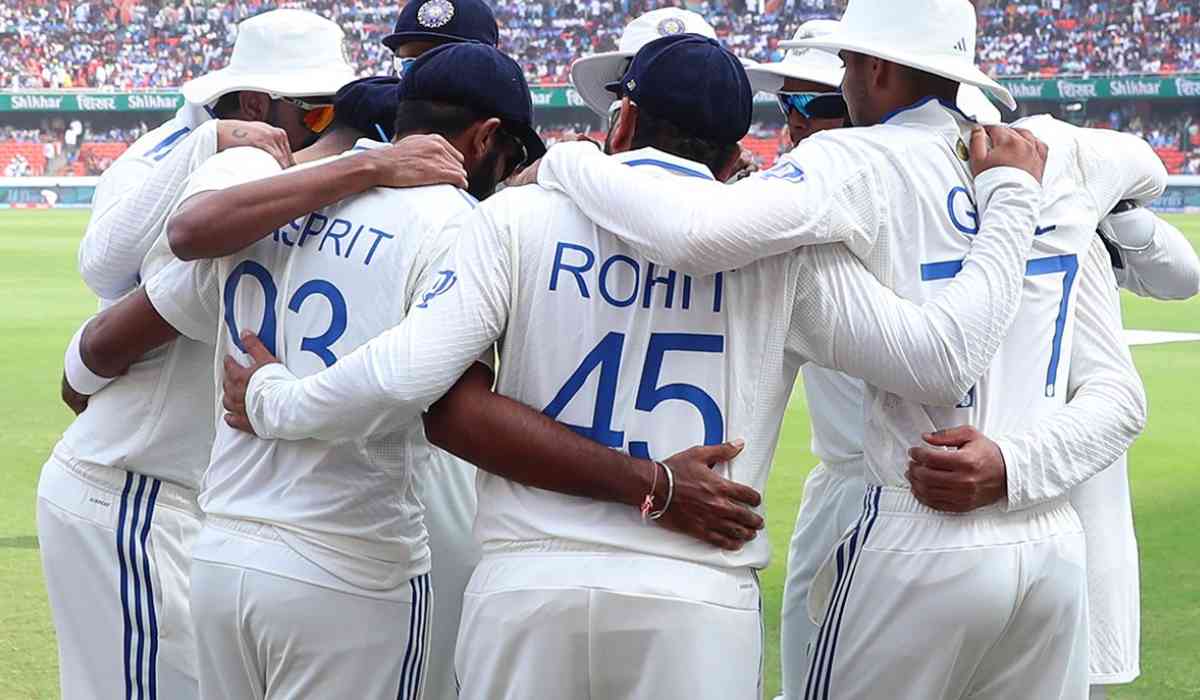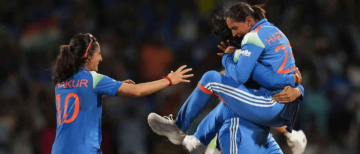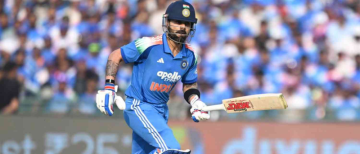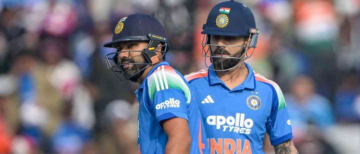In the end, the first Test between India and England is a narrative of two very different sets of days. The first two days went as expected: the Indian spinners threw the England batting lineup into a tailspin, and the home hitters made the visitors feel the heat. Next came the third and fourth days, when England changed everything.
Their bowlers were on point, and while their top-order batting struggled, their lower order combined with a magnificent Ollie Pope to wreak havoc on India's famed spinners. Then the Indians got a taste of their own medicine from their inexperienced spin attack, spearheaded by a part-timer in Joe Root, an ailing Jack Leach, and an irrepressible Tom Hartley, as England, astonishingly, seized a 1-0 lead in the five-match Test series.
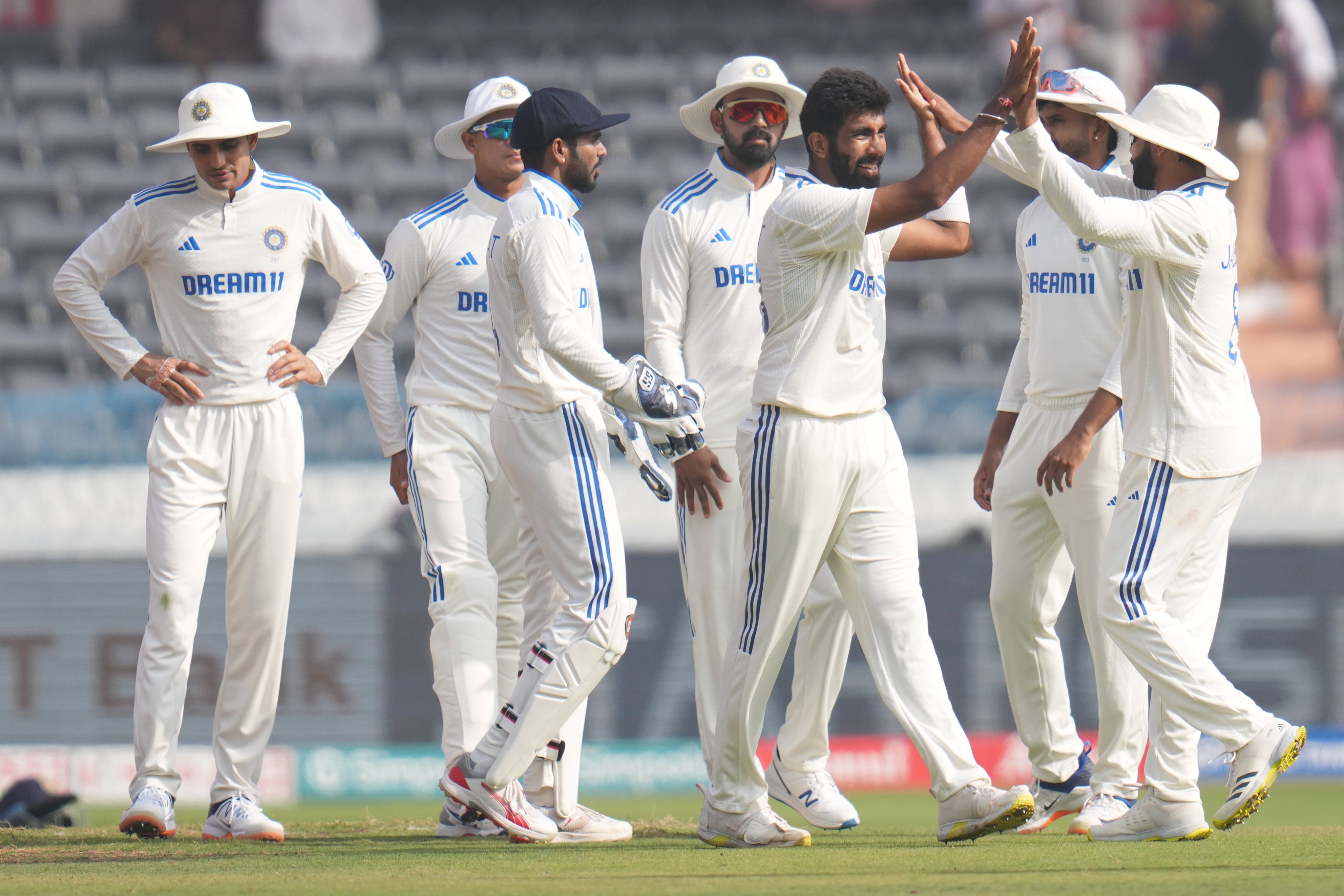
The dominant English force
It was an exception in a match that India had controlled, and the opinion was that if Root could extract so much spin from the surface, Jadeja, Ashwin, and Axar would have a great day. However, England's strategy during the first 15 overs of their second innings was noticeably different, as they managed to amass 89 runs in addition to losing just one wicket.
Jasprit Bumrah came into play with a roar, taking Ben Duckett's wicket, and England lost their experienced middle-order engine room of Root, Jonny Bairstow, and captain Ben Stokes for scores of two, ten, and six, respectively. The match was not expected to go much longer than the resumption of play following tea. Ollie Pope and Ben Foakes kept England going till the conclusion of the second session, though.
Shattered Men in Blue
After surviving the early storm, Foakes and Pope were able to score freely. The sixth-wicket stand passed 50, and Pope eventually achieved a century. The crowd gave him a standing ovation. With Foakes on the other end for the most part, he was able to see England through to the end of the day. In the end, the latter failed, but Pope and Rehan Ahmed formed another attractive alliance. Day 3 ended with England leading by 125 runs; the match was far from over, but there was still much work ahead before the visitors could pull off the unbelievable. Their lead was barely 126 runs, and this was India batting in India.
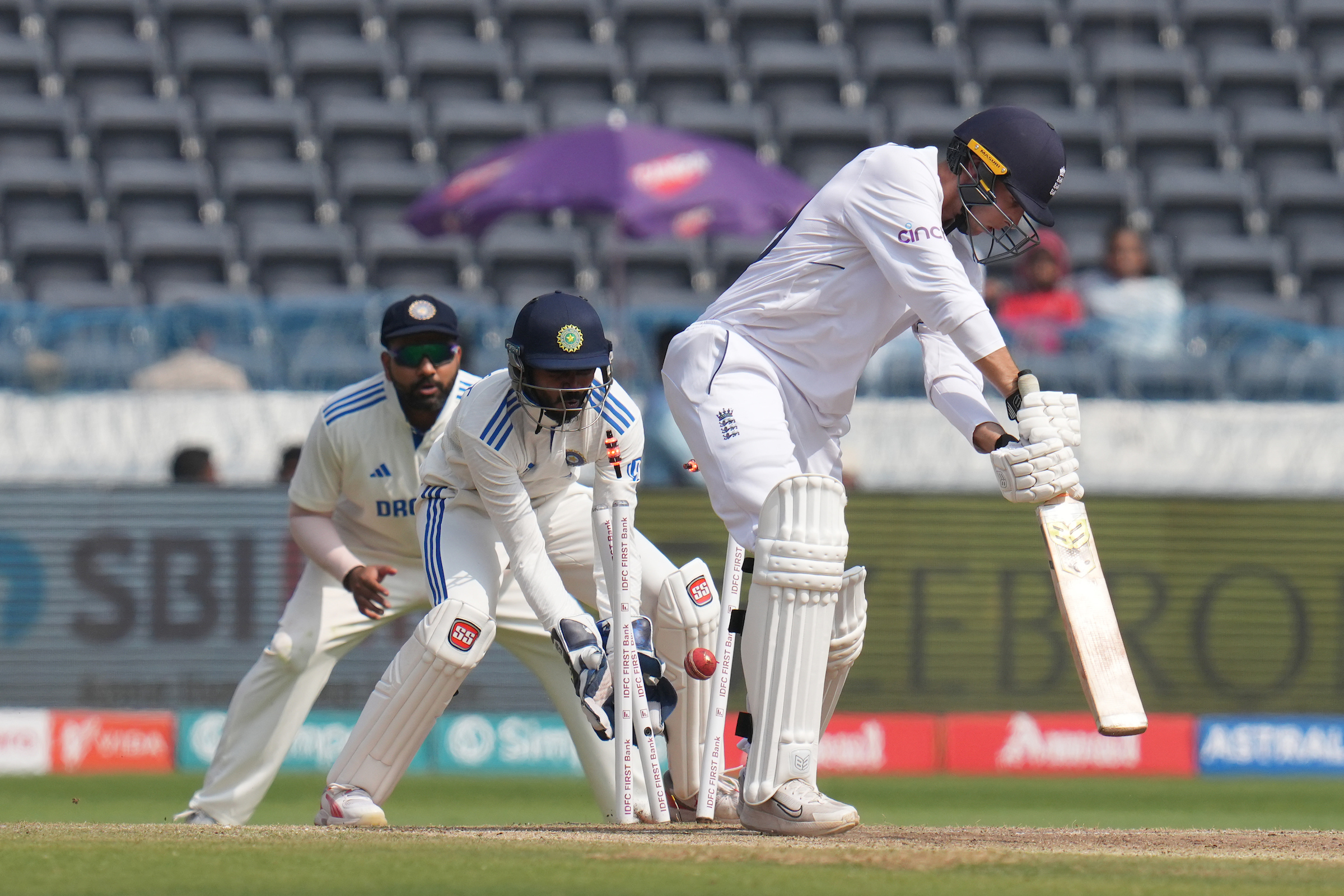
The next day, England arrived and forced India to work hard. The Indian spinners appeared agitated all of a sudden; their lengths and lines were failing to yield the intended effects. Following a 122-run partnership between Foakes and Pope, there were subsequent partnerships of 64 runs with Rehan and 80 runs with Tom Hartley. The fact that all five of India's players fell while attempting sixes and fours seemed needless and ridiculous all of a sudden. In the post-match press conference, head coach Rahul Dravid stated that India's batters' inability to reach a century would ultimately come back to haunt them.
India had successfully surpassed 231 totals four times at home. But the last time something similar occurred was in 2012, which was also before India's most recent home series loss. It meant that India had never been tested to this degree when batting last in their eleven-year domestic domination that had followed. Because they were in unfamiliar surroundings, Rohit Sharma's side did not survive.
Image Source: BCCI
Copyright 2024. All Rights Reserved Powered by Vygr Media.

